
Accidental Inventions
Penicillin, Velcro, Teflon, Post-It Notes, the microwave, Viagra, even Coca Cola were accidental discoveries. They all did pretty well, in 20/20 hindsight.
During World War II radar operators tracking allied aircraft noticed mysterious smudges of interference on their screens. It turned out to be rain and snow. Now we take it for granted; Doppler radar on your PC, apps, soon on your watch.
Today we can track approaching storm and take evasive action, lowering the risk of damage and injury. Encountering a squall line or tornadic storm must have been even more terrifying before radar came of age, not knowing what was really out there.
Radar, satellites & numerical weather prediction, models that use math and physics to simulate and predict how the fluid of air overhead should move over time, have taken much of the mystery out of the weather.
We’re sliding into a wetter pattern; significant rain likely today and Sunday – a surge of warmth sparks T-storms with locally heavy rain the middle of next week. Drought-denting rain.
Mother Nature is still hopelessly confused. Springy 60s return Saturday into much of next week, but ECMWF guidance hints at some slush 8 days out.
Lovely.
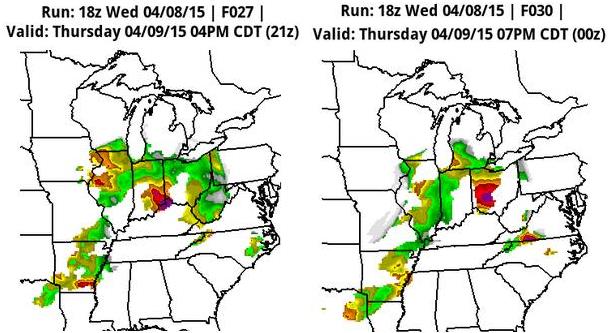

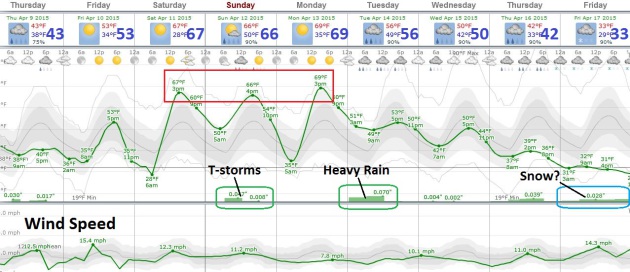
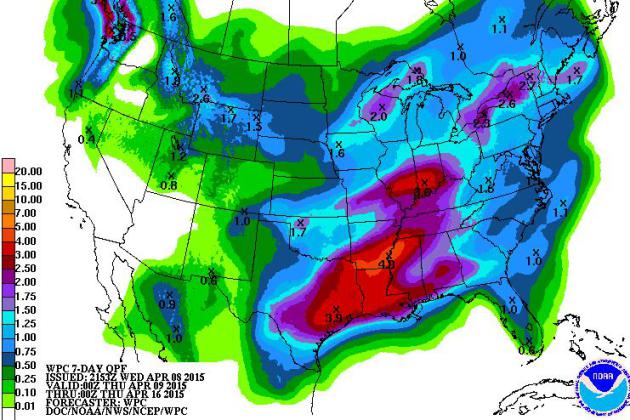
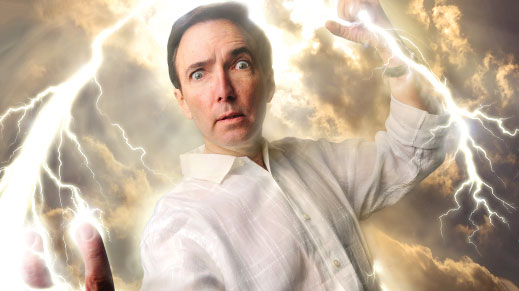
“So you would think it’s easy to find the total snowfall for the 2014-2015 winter season. It’s not! (I’ve spent some time looking). Do you know what the snowfall total was for the Twin Cities this year? (MSP airport as the location is fine).” – Dave Clausen
Dave – the snow subtotal for the winter is 32.1″. Average winter snowfall as of April 8 is 52.9″. Last year the Twin Cities metro had picked up 69.5″ snow as of April 8, 2014. Source: NOAA.
“Are we still looking at about 3.5” for the single heaviest snowfall in the Twin Cities for 2014-2015 Winter/ Thanks!” – Dennis Fischer
Climate data from the Minnesota DNR shows how pathetic our snowfalls were this past winter season. Thanks to meteorologist D.J. Kayser for tracking this down:
Largest multi-day: 4.2″ Dec. 26-27, 2014
Largest single day: 3.4″ Dec. 27, 2014

File photo credit: “A home with a large pool is visible in the Hollywood Hills area of Los Angeles, Wednesday, April 8, 2015. Southern California’s giant Metropolitan Water District will vote next week on a plan to ration water deliveries to the 26 agencies and cities it supplies, according to spokesman Bob Muir. The cuts would take effect July 1.” (AP Photo/Damian Dovarganes)
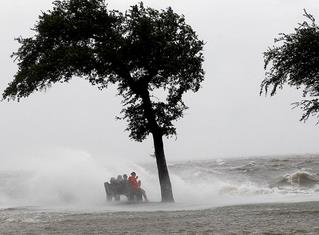
How Flood Insurance Could Drive Americans From Coasts. Increasingly severe (coastal) storms superimposed on rising seas increases the risk of damage, and the trends are already showing up in insurance premiums, according to Climate Central: “…The 8 inches or so of sea level rise since 1880 is contributing to regular high tide flooding along the Eastern seaboard and Gulf coast, including in Miami, Washington D.C. and Virginia Beach. By the middle of this century, seas are expected to be another four to 19 inches higher than they were at the turn of the century, threatening tens of billions of dollars worth of property in Florida alone. The new paper, written by Moore and NRDC water official Becky Hayat, lays out one vision for how Congress could re-imagine the flood insurance program in two years, when it’s next due to be reauthorized...”
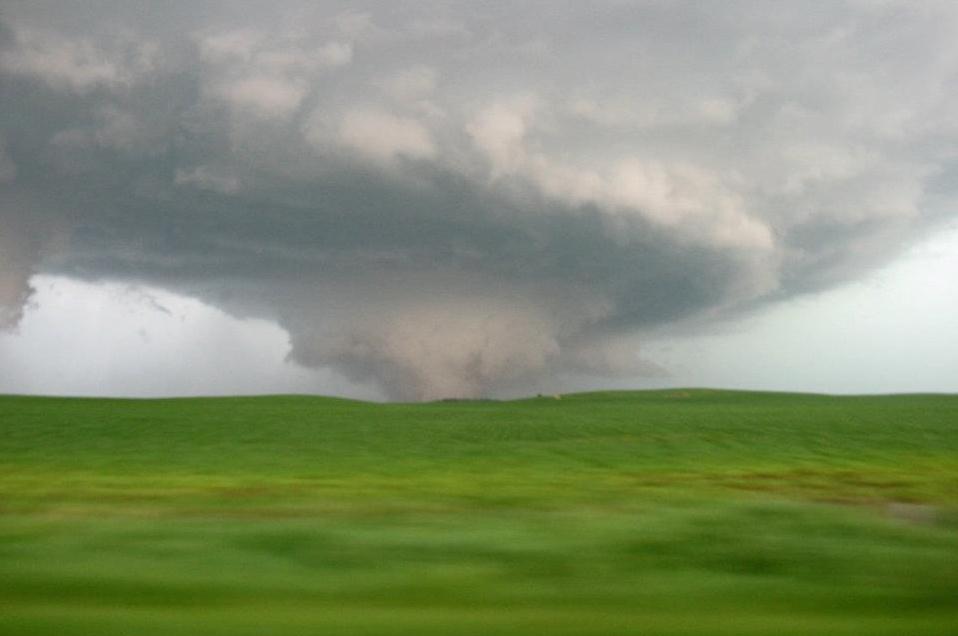
Scientists Explore Changes to Tornado Warnings. WOODTV.com in Grand Rapids, Michigan has the story – here’s an excerpt about Doppler radar that caught my eye:
- Radars have changed the way they scan the skies to better spot small tornadoes. Now when a storm is near, a radar is programmed to scan the base of a storm more frequently. This could help spot quick-starting tornadoes, like the one that rolled through Kentwood in 2014 un-warned.
- National Weather Service radars are all now “Dual-Pol,” which means they send out horizontal and vertically propagating microwaves. This helps meteorologists identify the size and shape of particles in the sky, which means the radar can identify debris from tornadoes on the ground…

Digital Billboards Warn Drivers of Tornado Risk. This makes sense, especially considering you’re a sitting duck sitting in your vehicle. KFOR.com in Oklahoma City has the video and story – here’s an excerpt: “…It may be the last opportunity to warm somebody that they need to be careful as they travel down the road.” said Lamar General Manager, Bill Condon. “We have the ability to get the message out in minutes.” There are 28 digital billboards around Oklahoma City, 24 of them will be used for tornado warnings because they are located on highways around town…”

Better Method For Forecasting Hurricane Season? Is a new model out of the University of Arizona capable of a consistently more accurate/reliable hurricane forecast? I guess we’ll find out soon. Here’s an excerpt from ScienceDaily: “…The team developed the new model by using data from the 1950 to 2013 hurricane seasons. They tested the new model by seeing if it could “hindcast” the number of hurricanes that occurred each season from 1900 to 1949. “It performed really well in the period from 1949 to 1900,” Davis said. “That’s the most convincing test of our model.” Other investigators have estimated that damages from U.S. hurricanes from 1970 to 2002 cost $57 billion in 2015 dollars — more than earthquakes and human-caused disasters combined for the time period...”
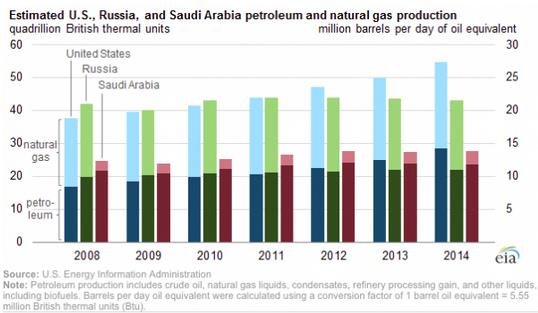
U.S. Leads Global Oil and Gas Production For Third Year. Here’s the intro to a story at Climate Central: “For the third year running, the U.S. produced more crude oil and natural gas than any other country in the world in 2014. More oil than Saudi Arabia. More gas than Russia. And it’s happening at time when the U.S. is trying to take a leadership role in slashing greenhouse gas emissions to avert the worst consequences of climate change. The U.S. is the Earth’s hydrocarbon production leader because of fracking, which has allowed shale oil fields in North Dakota, Texas and elsewhere to gush oil, and shale gas fields in Pennsylvania and other eastern states to produce ever more natural gas…”
Graphic credit above: “This graph shows how U.S. oil and natural gas production compares to that of Russia and Saudi Arabia in recent years.” Credit: EIA






TODAY: Periods of rain, windy and raw. Winds: N 10-20+ High: 44
THURSDAY NIGHT: Showers and sprinkles taper. Low: 34
FRIDAY: A few breaks in the clouds – better. High: 54
SATURDAY: Some sun, feels like spring again. Wake-up: 40. High: 64
SUNDAY: Early sun, late PM showers, thunder. Wake-up: 50. High: 66
MONDAY: Partly sunny and pleasant. Wake-up: 49. High: 68
TUESDAY: Showers, few heavy T-storms? Wake-up: 48. High: near 70
WEDNESDAY: Some sun, humid. Stray T-storm. Wake-up: 52. High: 71
Climate Stories….

Florida North: Some Wisconsin State Workers Banned from Discussing Climate Change? What is in the water down in Madison? I have great respect for the people of Wisconsin, and hope that cooler, saner heads will prevail. Here’s an excerpt from Bloomberg Business: “Discussing climate change is out of bounds for workers at a state agency in Wisconsin. So is any work related to climate change—even responding to e-mails about the topic. A vote on Tuesday by Wisconsin’s Board of Commissioners of Public Lands, a three-member panel overseeing an agency that benefits schools and communities in the state, enacted the staff ban on climate change…”
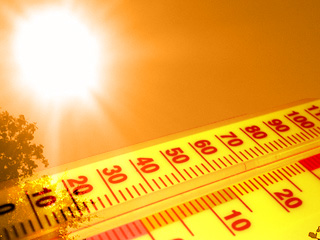
If We Dig Out All Our Fossil Fuels, Here’s How Hot We Can Expect It To Get. This is what the fight, fuss and massive misinformation campaign is all about – money. The New York Times runs the calculations; here’s a key paragraph: “…For those who don’t like suspense, here’s the total: an astonishing 16.2 degrees. And here’s how that breaks down. Since the industrial revolution, fossil fuels have warmed the planet by about 1.7 degrees. We are already experiencing the consequences of this warming. In recent weeks, we have learned that the world had its warmest winter on record and that Arctic sea ice hit a new low, even as intense storms continue to inflict harm on communities globally. Next, look at fossil fuel reserves, the deposits we know to be recoverable under today’s prices and technology….”

Google, Microsoft Join Obama To Fight Climate Health Woes. Bloomberg Politics has the story – here’s an excerpt that caught my eye: “…Google, based in Mountain View, California, has donated 10 million hours of high-performance computing to help scientists work to eliminate the spread of infectious disease. The Internet search company also will provide staff time to help the scientists create early warning capabilities and public disease-risk maps, according to the White House statement. Microsoft, the software maker based in Redmond, Washington, is developing drones that would collect mosquitoes and conduct gene-sequencing and pathogen detection, the administration said in its statement…”
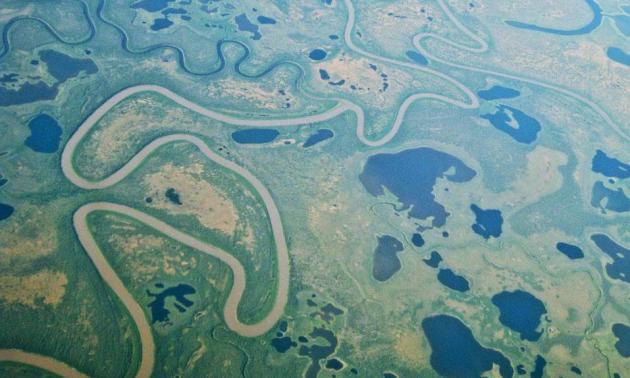
Permafrost Thaw Accelerates Global Warming. It’s a tipping point as well, and we’re not exactly sure how quickly melting permafrost will release methane, which has 20x more warming than CO2. Here’s an excerpt from a press release at the University Utrecht in the Netherlands: “…The regions around the Arctic Ocean contain huge quantities of permafrost, which have sometimes been frozen for thousands of years. Around 1.5 billion tonnes of carbon are trapped in those soils, which is twice as much as is currently held in the atmosphere in the form of carbon dioxide. The thawing of those soils and large-scale composting will therefore release huge quantities of carbon into the atmosphere in the form of carbon dioxide and methane…”
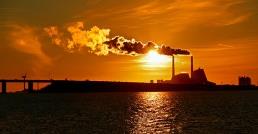
Dear Humans, Industry, Not Your Actions, Is Causing Climate Change. It’s about making smarter choices going forward, not government control over every aspect of your life. Here’s a snippet of an article at Huffington Post that made me do a double-take: “…Given these constraints, we need to be clearer about what is really causing climate change. “Human activities” are great. Climate change is caused by industrial activities. And those activities are incentivized by government policy, which industry goes out of its way to influence. I got to thinking about this because of Rick Heede. He’s a geographer who has done the careful work of figuring out how much of the carbon in our atmosphere can be traced back to the coal and oil that companies have extracted from the Earth. The numbers are head-turning: Two thirds of all industrial carbon emissions come from just 90 institutions...”

How Scientists Are Annotating Climate Science Reporting. How trustworthy is the article in question? Now there are new tools to help you judge some of those stories crazy Uncle Earl keeps e-mailing you. Details and an excerpt from Columbia Journalism Review: “…It’s an appropriate name for a group that’s attempting to slow some of the runaway misinformation about climate change, by doing what scientists do with their published work: review it. To achieve this, Climate Feedback—less an organization at this point than an amorphous gathering of climate scientists, oceanographers, and atmosperic physicists—is making use of a browser plugin from the nonprofit Hypothes.is to annotate climate journalism on the Web. Readers with the plugin, or with a link created through it, can read an article while simultaneously reading comments and citations from a cadre of experts. Click on the headline, and you’ll see an overall rating, based on the article’s accuracy, fairness, and adherence to evidence…”

What Will Happen After People Stop Ignoring The Evidence on Climate Change? Chris Mooney at The Washington Post poses the rhetorical question; here’s a clip: “…But in the ALEC story and in Segal’s quotation, we see the glimmer of what could be a different relationship between science and politics — an understanding that scientists produce knowledge, and politicians and political actors consult that knowledge as one factor (but only one) in decision-making. In this view, both groups have different spheres. Scientists operate in the realm of knowledge creation and knowledge assessment — but it’s not their job to make explicit policy recommendations…”

The Global Warming “Pause” is More Politics Than Science. Here’s the intro to a story at The ABC Network in Australia: “Over the past 17 years, the Earth has warmed rapidly, accumulating energy at a rate equivalent to more than four atomic bomb detonations per second. That’s over 2 billion atomic bombs worth of heat built up on our planet since 1998. As discussed in a new book by one of us (Dana Nuccitelli) Climatology versus Pseudoscience, research has shown that much of the heat buildup during that time was deposited in the deep layers of the Earth’s oceans, temporarily keeping it from the surface…”

Let’s Call It: 30 Years of Above-Average Temperatures Means The Climate Has Changed. Here’s an excerpt from The Conversation: “…As you can see in the graphic above, ocean temperature doesn’t vary as much as land temperature. This fact is intuitive to many people because they understand that coastal regions don’t experience as extreme highs and lows as the interiors of continents. Since oceans cover the majority of the Earth’s surface, the combined land and ocean graph strongly resembles the graph just for the ocean. Looking at only the ocean plots, you have to go all the way back to February 1976 to find a month below average. (That would be under President Gerald Ford’s watch.)…”
Graphic credit above: “Temperature history for all Februaries from 1880-2014.” NCDC .
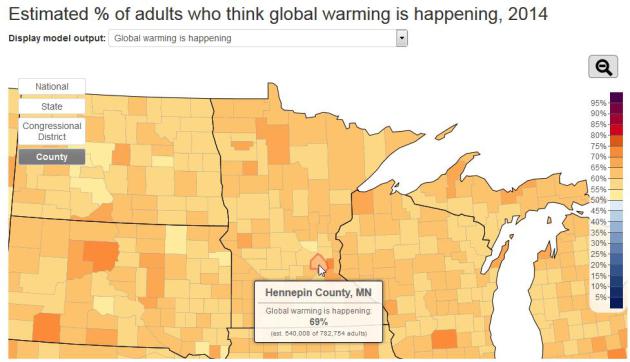
Acknowledging Climate Change, County by County. The Yale Project on Climate Change Communication has an interactive map that shows the level of interest/engagement broken down by couunty or congressional district. Overall 63% of Minnesotans believe warming is taking place and man is the primary driver of this observed warming. Nationwide the percentage is an identical 63%.

New NORAD Chief: Increased Russian Patrols, Climate Change Raise Strategic Concerns. Yes, The Air Force is acknowledging the obvious – arctic ice is shrinking (and thinning) and that has geopolitical implications; here’s a clip from an interview at Colorado Public Radio: “…Well, the Arctic ice pack is receding. I mean that’s clear. We see that every year. We see it receding and so the question is now, ‘As it recedes, how much more commercial activity is going to be up there in the form of transportation… Resource extraction: Will companies and nations go up there for resource extraction, you know, oil, gas, minerals?’ … Clearly, the climate is changing and the ice pack is receding. The question is, ‘What does that mean in the future?’ And that’s what we’re trying to determine.”
Photo credit above: “A U.S. Air Force F-22 intercepts a Russian bomber near Alaska.” (Courtesy of U.S. Air Force).

British Daily’s Campaign To Prevent Climate Change Raises Bold Questions About Role of Press Advocacy. Here’s the intro to an interesting post at Unsocial Media: “The Guardian, the London daily that has risen from a respected but fringe player on the British political scene to a major transatlantic voice of liberal thought, did something notable and gutsy a few weeks ago, and just about nobody on this side of the ocean paid any attention. Flanked by stories and commentaries, Alan Rusbridger, the editor credited with leading the Guardian’s rise, announced March 6 that his organization was launching a campaign intended to head off the climate catastrophe that the scientific consensus has concluded is unavoidable without deep changes in public policy and industrial practice…”

